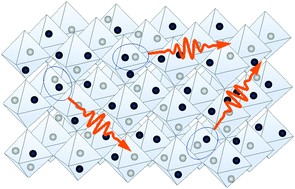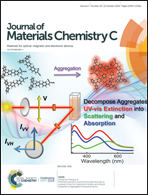The role of excitons in 3D and 2D lead halide perovskites
Abstract
The success of lead halide perovskites as active materials in solar cells and light-emitting diodes (LEDs) is often traced back to the unique properties of their optical excitations. At room temperature and under all device operating conditions, photoexcitation of perovskites creates free carriers and not bound excitons, even in compounds with exciton binding energy several times larger than room temperature thermal energy. As a consequence, absorbed photons can be readily converted in an electric current of electrons and holes to be collected at perovskite edges, leading to efficient solar cells. A thorough review of the large body of experimental evidence on perovskite photophysics however leads to quite a different picture, where excitons are anything but negligible. First of all, they are responsible for the very large absorption coefficients close to the band gap, which can reach as much as 105 cm−1. The magnitude of such an effect depends on the exciton binding energy, whose value proved to be elusive and tricky to assess. Second and more surprising, excitons are responsible for most light emission in perovskites, in spite of being greatly outnumbered by free carriers. The resulting dynamics of optical emission is governed by the ratio between exciton formation through pairing of free carriers and exciton radiative recombination. When the importance of excitons is taken into account, new avenues in lead halide perovskites appear more clearly, particularly the rise of layered, bidimensional (2D) perovskites, where excitonic effects are further enhanced, without compromising the fact that free carriers are the majority of photexcitations.

- This article is part of the themed collections: Recent Review Articles, 2019 Journal of Materials Chemistry C HOT Papers and Electronic Properties and Characterisation of Perovskites


 Please wait while we load your content...
Please wait while we load your content...